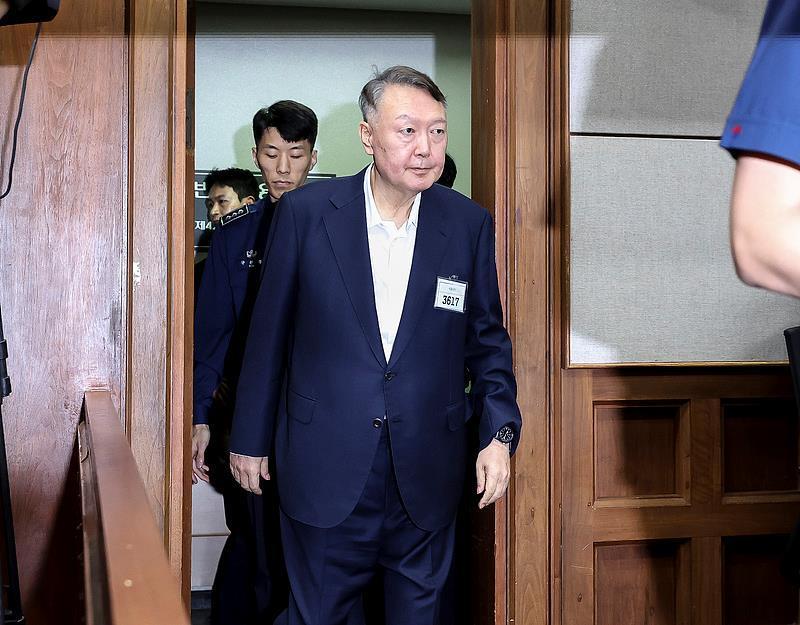
On September 11 (local time), data released by the U.S. Bureau of Labor Statistics showed that the U.S. Consumer Price Index (CPI) and initial jobless claims in August presented a relatively complex situation, posing a tricky decision-making challenge for the Federal Reserve, which is set to conclude its policy meeting on September 17.
In August, the U.S. CPI rose by 2.9% year-on-year, up from 2.7% in July, reaching the highest level in seven months. On a month-on-month basis, it increased by 0.4%, higher than the expected 0.3% and double the 0.2% growth in the previous month. Excluding the volatile food and energy prices, the core CPI rose by 0.3% month-on-month and 3.1% year-on-year, in line with market expectations and the level seen in July. From a breakdown perspective, housing, food, and energy prices were the main drivers behind the CPI increase in August. The housing cost index climbed by 0.4% month-on-month; as housing accounts for approximately one-third of the weight in the CPI, it remained the primary driver of overall inflation. Food prices rose by 0.5% month-on-month, with at-home food prices up by 0.6% and away-from-home food prices increasing by 0.3%. The energy index went up by 0.7%, and the 1.9% surge in gasoline prices offset the 1.6% decline in natural gas prices. Additionally, automobile prices, which are highly affected by tariffs, also rose during the month: new vehicle prices increased by 0.3% month-on-month, while used car and truck prices went up by 1% month-on-month. Earlier data on the August Producer Price Index (PPI) showed an unexpected 0.1% month-on-month decline, with a cumulative 12-month increase of 2.6%. This, to a certain extent, reflected changes in corporate cost pressures and also stood in contrast to the CPI data, drawing greater market attention to the future trajectory of inflation.
According to a report from the U.S. Department of Labor, in the week ending September 6, seasonally adjusted initial jobless claims increased unexpectedly by 27,000 to 263,000, higher than the expected 235,000. This marked the highest level since October 2021. The four-week moving average of initial jobless claims stood at 240,500. In the week ending August 30, continuing jobless claims remained unchanged at 1.939 million. Although short-term fluctuations in the data may have been influenced by holiday effects, the overall trend indicates a rise in layoff activities. Earlier figures showed that nonfarm payroll employment in the U.S. increased by only 22,000 in August, far below the market expectation of 70,000, and the unemployment rate rose to 4.3%, hitting a four-year high. This series of data all suggests that the U.S. labor market is noticeably weakening.
The combination of rising inflation and a weakening job market has sparked market concerns about "stagflation". On one hand, rising inflation may erode consumers' purchasing power, undermine consumer confidence and spending, and thereby exert a negative impact on economic growth. On the other hand, the weakness in the job market will lead to a slowdown in residents' income growth, further dampening economic vitality. However, despite the uptick in inflation data, the market generally believes that the current inflation level remains relatively manageable, and the deteriorating trend in the job market is more prominent. Following the release of the data, traders increased their bets on interest rate cuts by the Federal Reserve, expecting the Fed to implement at least two interest rate cuts by the end of this year, with the possibility of three cuts not being ruled out. The CME FedWatch Tool showed that although the probability of a 25-basis-point rate cut by the Fed next week slightly decreased, it still remained around 90%, while the probability of a 50-basis-point rate cut rose to over 10%.
Seema Shah, Chief Global Strategist at Principal Asset Management, stated that while the CPI report was slightly hotter than expected, it would not make the Fed hesitate in announcing an interest rate cut next week, and the sharp increase in jobless claims would inject more urgency into the Fed's decision-making process. Ian Lyngen, Head of U.S. Rates Strategy at BMO Capital Markets' Fixed Income Strategy Team, noted that this set of data reinforced concerns about the limited inflationary impact of the trade war and the rapid weakening of the labor market, clearing the way for a 25-basis-point rate cut next week and leaving open the possibility of a 50-basis-point cut.
Overall, the U.S. August CPI and initial jobless claims data have added greater complexity and uncertainty to the Federal Reserve's policy decisions. The Fed needs to strike a balance between curbing inflation, stimulating economic growth, and stabilizing employment. The upcoming September policy meeting will undoubtedly attract significant market attention, and its decisions will have a crucial impact on the direction of both the U.S. and global economies.

The South Korean political arena has once again been embroiled in a public controversy over a judicial investigation that has shaken the entire nation.
The South Korean political arena has once again been embroi…
On the morning of December 29th local time, the precious me…
According to the US media Barchart, recently, the fluctuati…
On December 29th, Mar-a-Lago in Florida, USA, witnessed a h…
SoftBank Group announced on Monday that it has agreed to ac…
Recently, the US State Department issued a visa ban, adding…